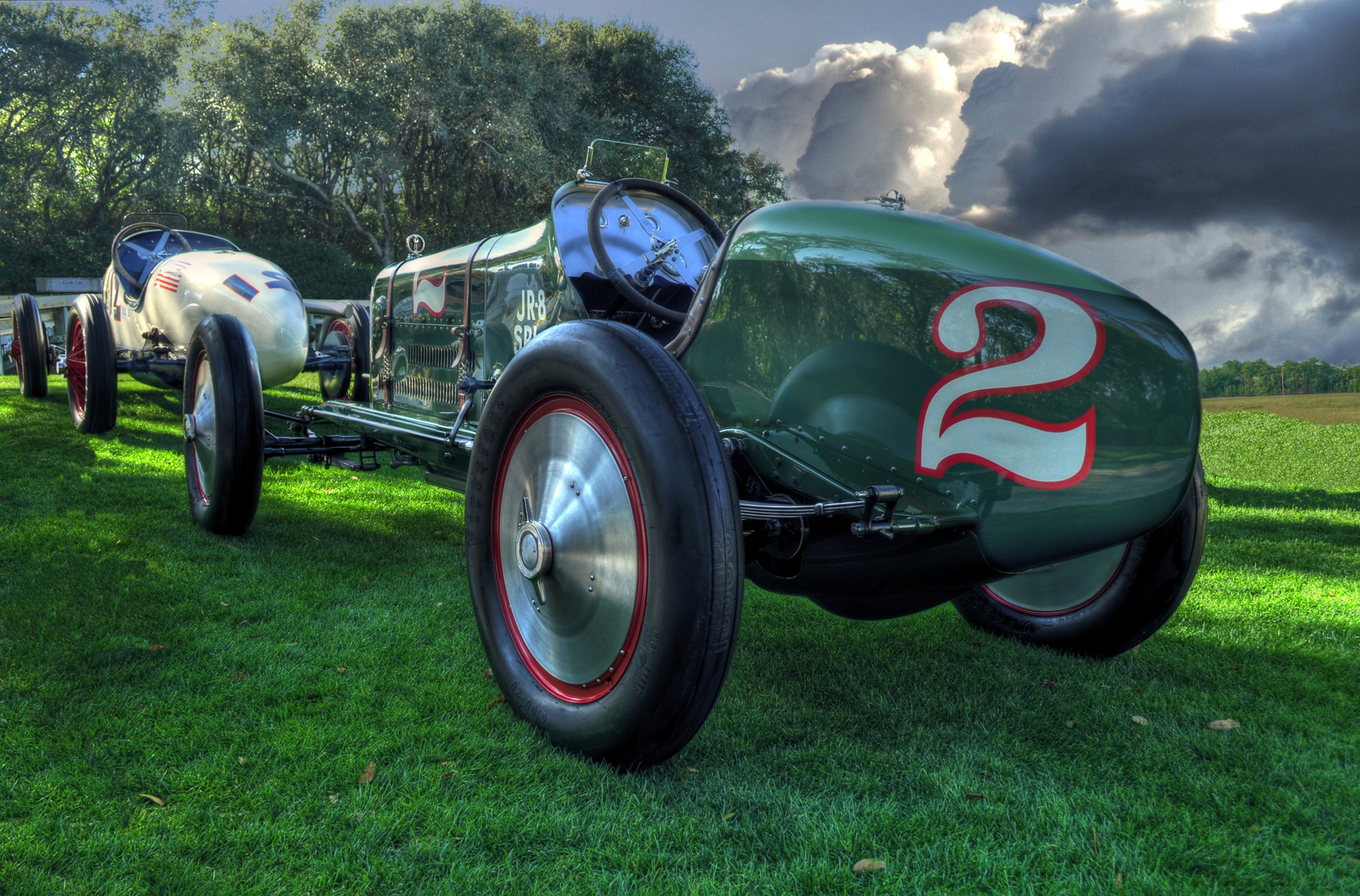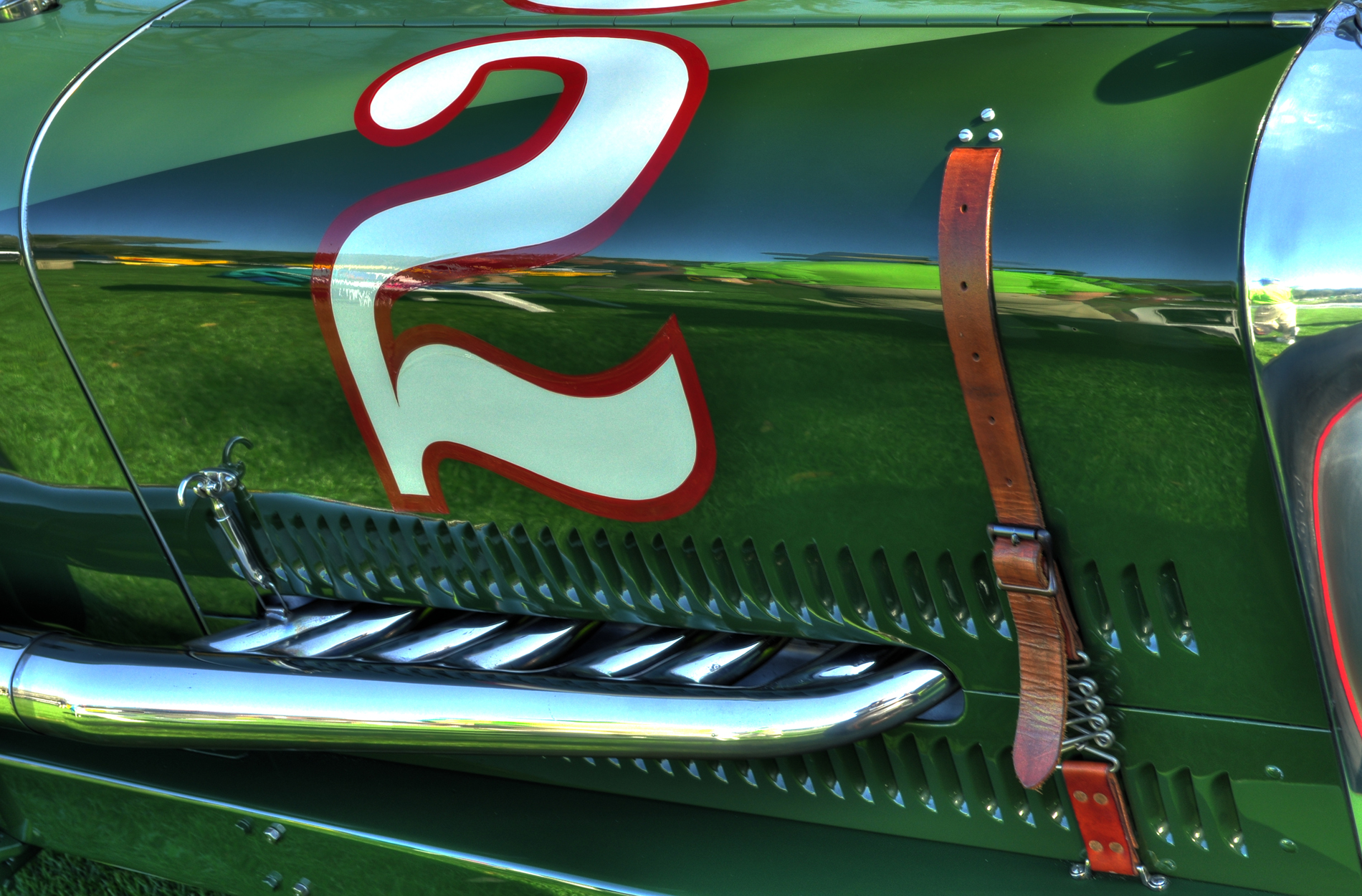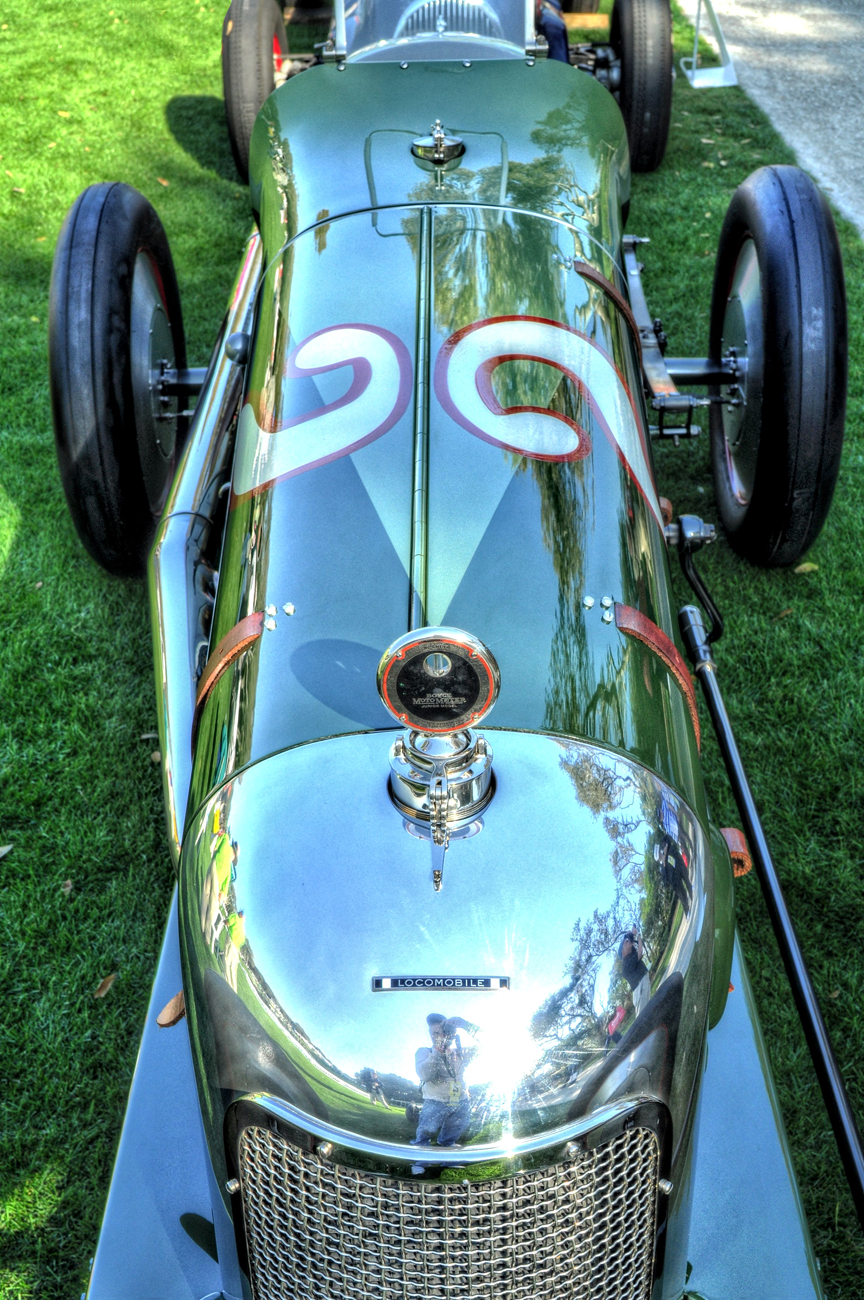
In 1923, a new two-liter formula was introduced into American racing regulations, the 1923 Miller Special 122 Supercharged. For this formula, Harry Miller produced the '122-inch' model, which was powered by a straight-eight, twin-cam, dry-sump engine. It was a truly magnificent machine, and no expense was spared in its preparation. For the next two years, the Millers dominated American racing, winning the 1924 Indianapolis 500 race, and continuing to be competitive well into the 1950s. The 122 cubic-inch Miller supercharged engine developed over 200 horsepower and Millers set numerous land speed records over the years. This car stands out as one of the most significant race car designs of its day.
Overview
- Production Year: 1923
- Manufacturer: Miller
- Type: Racing car (Open-wheel)
Design and Specifications
- Engine:
- The Miller Special 122 was powered by a supercharged 1.5-liter straight-eight engine.
- It featured innovative engineering by Harry Miller, including overhead camshafts, twin spark plugs per cylinder, and a Roots-type supercharger.
- Output varied depending on the setup and race specifications but typically produced around 150-200 horsepower, which was exceptionally high for its time.
- Transmission:
- Typically equipped with a 3-speed manual gearbox, optimized for racing performance and quick shifts.
- Chassis:
- The car featured a lightweight and advanced chassis, designed specifically for speed and agility on the racetrack.
- Suspension:
- Front and rear suspension setups were basic compared to modern standards, often utilizing solid axles with semi-elliptic leaf springs for stability and handling.
Performance
- Top Speed: Capable of reaching speeds exceeding 150 mph (241 km/h) in some configurations, making it one of the fastest cars of its era.
- Racing Success:
- The Miller Special 122 achieved notable success in American motorsport, particularly in events like the Indianapolis 500.
- Notable drivers such as Tommy Milton and Leon Duray piloted Miller cars to victory, establishing the brand as a dominant force in racing during the 1920s and early 1930s.
- The supercharged engines provided a significant power advantage over competitors, contributing to numerous race wins and speed records.
Design Features
- Bodywork:
- The Miller Special 122 typically featured an open-wheel design, streamlined for maximum aerodynamic efficiency.
- Body panels were minimalistic, focused on reducing weight and optimizing airflow around the car.
- Interior:
- The cockpit was spartan, with essential instrumentation and controls for the driver.
- The emphasis was on lightweight construction and driver comfort during long-distance racing events.
Legacy
- Historical Significance:
- The Miller Special 122 is revered for its technological innovation and racing prowess during the early days of motorsport.
- It played a pivotal role in advancing automotive engineering, particularly in engine design and aerodynamics.
- Cultural Impact:
- The success of Miller cars at prestigious races like the Indianapolis 500 cemented their place in racing history and contributed to the popularity of American racing cars worldwide.
You may purchase a print of the 1923 Miller Special 122 Supercharged in our dElegance 2011 online gallery.



